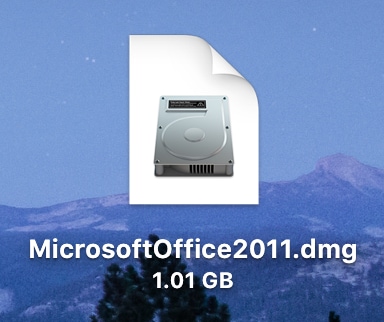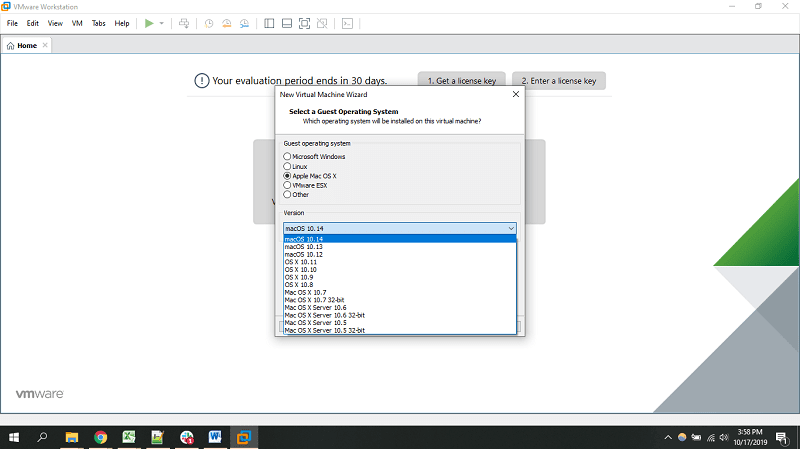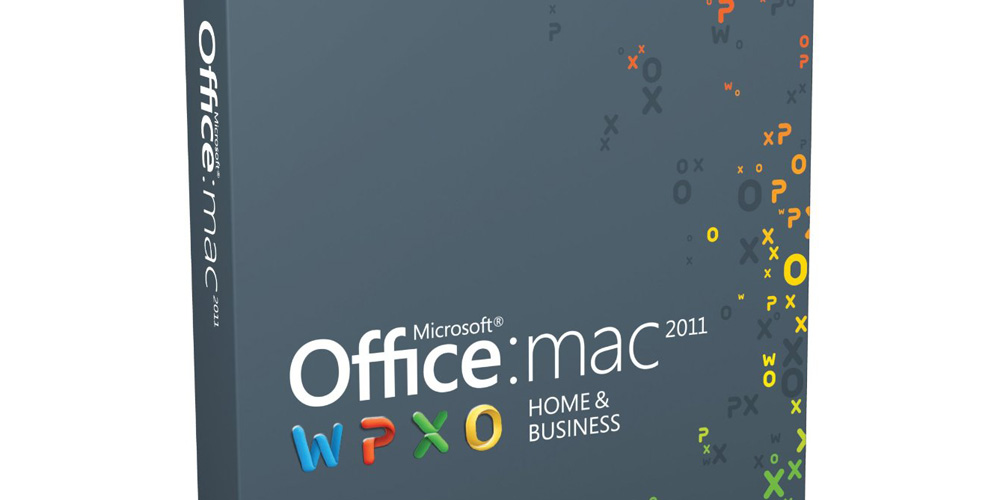
- Office 2011 mac dmg for mac#
- Office 2011 mac dmg mac os#
- Office 2011 mac dmg install#
- Office 2011 mac dmg update#
- Office 2011 mac dmg full#
So let's trim down the giant plist above to just the choices: installer -showChoiceChangesXML -pkg /Volumes/Microsoft Office 2011/Office Installer.mpkg -target / | grep -A1 choiceIdentifier | grep -v choiceIdentifier | sort | uniq For example, if the pkg developer doesn't make a choice "visible" in Installer.app it's a pretty good bet that the developer doesn't want (and won't support) that Installer Choice being disabled. The only attribute you're trying to really modify is "selected" (everything else is Installer.app GUI trimmings), but the other two attributes are important since you really want to determine the intent of the pkg developer. "selected": Whether or not the choice will be installed.unchecked if it's checked, checked if it's unchecked) "enabled": Whether or not the GUI Installer.app allows the state of the choice to be changed (i.e."visible": Whether or not the choice is visible (e.g.This outputs a plist-formatted list of choices and three attributes around them: To see the available options that are available with the newer format: installer -showChoiceChangesXML -pkg /Volumes/Microsoft Office 2011/Office Installer.mpkg -target / > ~/office_ist
Office 2011 mac dmg for mac#
The Office for Mac Help page is centered around an older version of InstallerChoices that simulated faux "clicks" in Installer.app-the newer format (de)selects specific choices in the pkg. The proper installer switch (now) to determine available choices via "installer" is no longer "showChoicesXML" as mentioned here, it's "showChoiceChangesXML" (see "man installer"). your startup disk with Office already installed) otherwise you may get weird results due to installer (properly) reacting to what's already there. Make sure you're doing this testing on a computer without the software of interest installed (e.g. The first thing to remember when playing with Installer Choices is that "installer" will react to the software that's already installed on the target disk.
Office 2011 mac dmg install#
I have a second package that will install our custom template Not a Casper user, but I'll take a swing. And click the gear to "Apply Owner and Group to" for both.Īs you can see, I've done nothing to customize Office or avoid the Office setup assistant for our users. (it's a long random character file name.)įor both /Applications/Microsoft Office 2011 and /Applications/Microsoft Lync.app, set the owner to "root" and the group to "wheel". (it's a long random character file name.) Library/Application Support/.blahxxxxxx. Within Composer, click "Create Package Source" to take the final snap shot
Office 2011 mac dmg update#
Open Lync and and check for updates - for some reason it's not included when you update the Office suite. Install Office 2011 SP 3 using the install mpkg from MicrosoftĬomplete the Office Assistance, but bogus info since we will delete the Users folder later onĬheck for updates via Help menu or download directly from Microsoft and install. Open Composer, select New Package - Normal Snapshot. Log in as a Admin account not necessary to be root.
Office 2011 mac dmg mac os#
Setup a computer with a clean install of Mac OS X. Here's what has worked for us since we've been deploying Office 2011. I've created a single installer using Packages that first installs Office 14 SP3 and then 14.4.x updater, but it takes longer time for it to install then a pkg made in composer. I use Composer only because the resulting PKG installs faster, then creating a single bundled installer. However, as Robert Hammen mentions, all of this really depends on how comfortable you are with making that choices.xml file and a postinstall script to utilize it. The same OfficeforMac site has a really good script for uninstalling Office 2011 that I've used dozens of times during tests and it has always worked flawlessly. dmg.Īs for uninstallation, I would go the scripted route. pkg installer will also mean it can be used outside of the Casper Suite, as opposed to a. The total installation time will likely take longer than just a Composer capture to DMG might, but in the end you'll have a much cleaner installation. All of this would be in one postinstall script.
Office 2011 mac dmg full#
Now create a postinstall script that uses command line installer to first install the 14.3 full installer mpkg and also use the choices.xml file to customize the installation, and then run the 14.4.8 updater installer from that same path. Then create your Composer Source by dragging those 3 items into Composer.

along with the current 14.4.8 updater into a folder in tmp/ called something like "Office_Install"Ĭreate your choices.xml file according to the instructions shown on the OfficeforMac site and also drop that into the same folder in tmp/ Basically, get the latest volume license installer version to ensure you're not installing something really old like 14.0.0.


You could do it all in one package built from Composer.


 0 kommentar(er)
0 kommentar(er)
